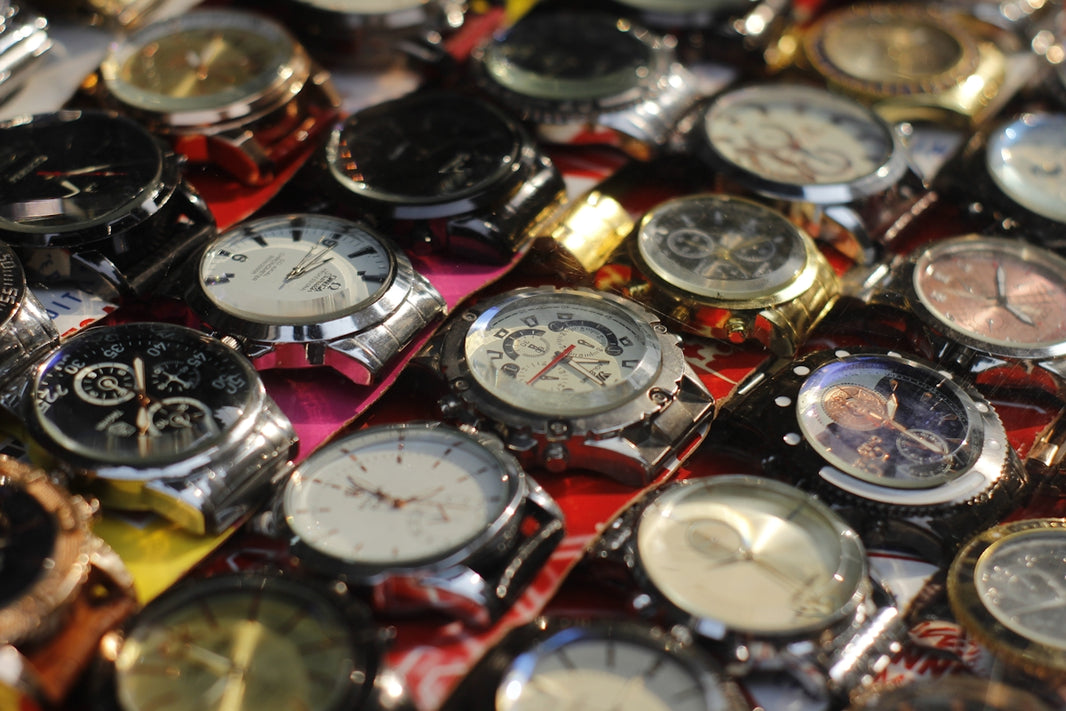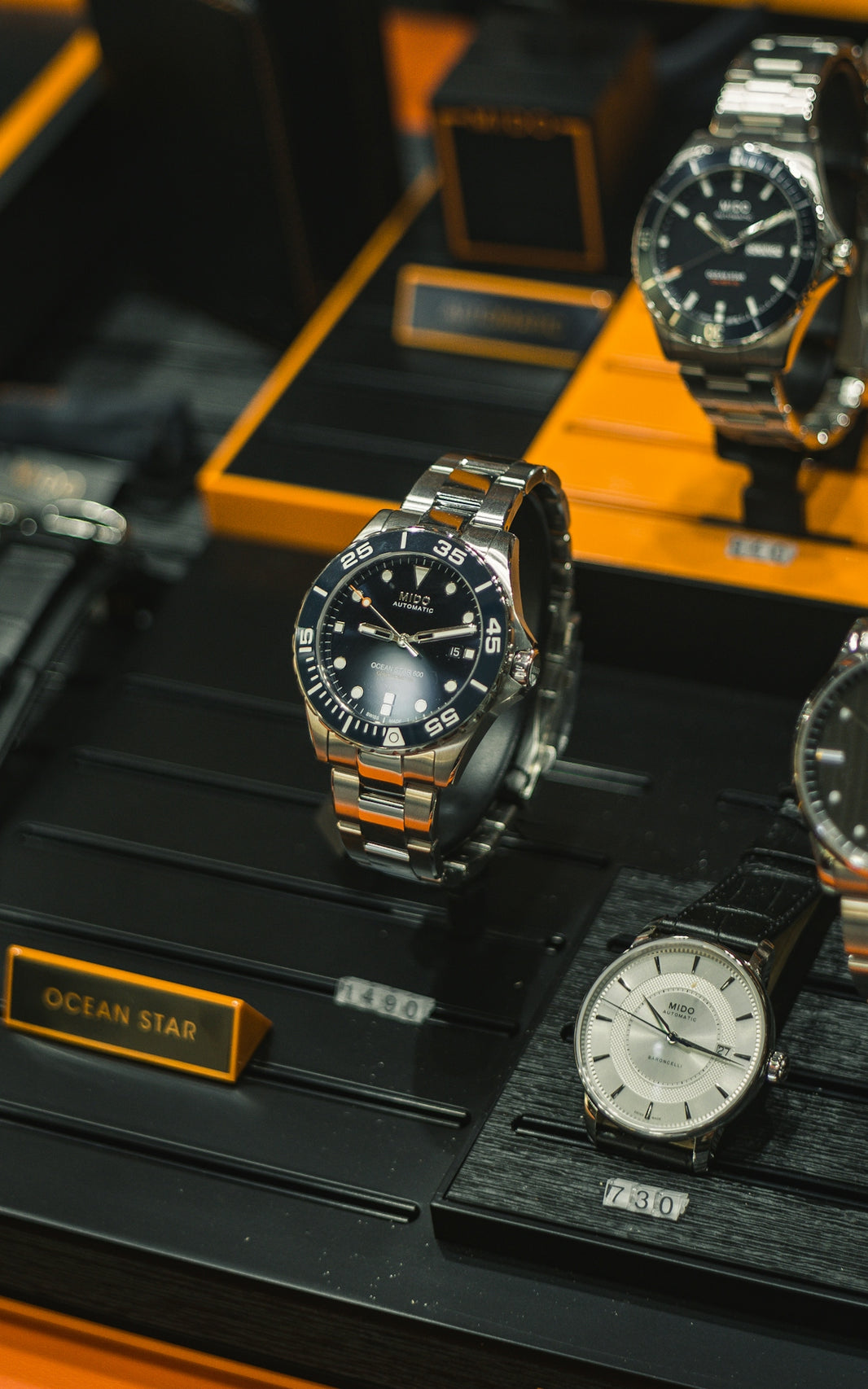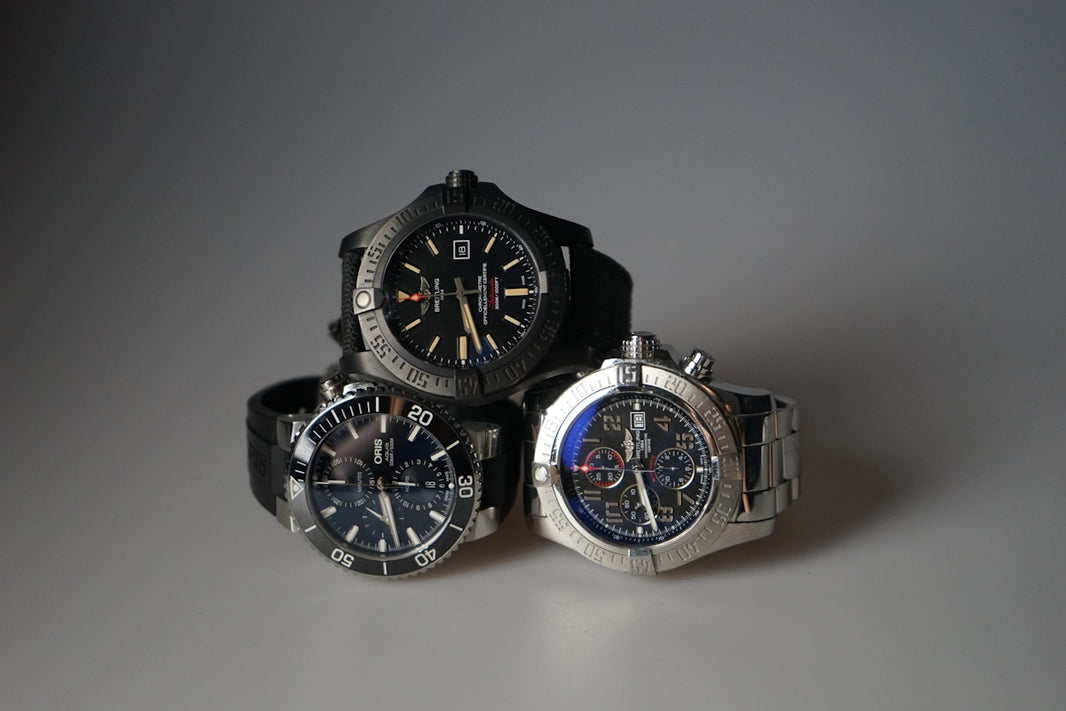The art of watchmaking is a fusion of engineering, design, and craftsmanship, a tradition that has evolved over centuries yet remains deeply rooted in precision and innovation. For true connoisseurs, a watch is far more than a simple tool to measure time—it is a piece of mechanical art, a symbol of heritage, and a testament to human ingenuity.
The Heart of a Timepiece: Understanding Watch Movements
One of the most remarkable aspects of fine watchmaking is the movement, the heart of any timepiece. While quartz movements offer reliability and affordability, it is mechanical movements—both hand-wound and automatic—that define high horology. These intricate systems, composed of hundreds of tiny parts, work harmoniously to produce accurate and consistent timekeeping. Swiss brands like Patek Philippe, Audemars Piguet, and Vacheron Constantin have mastered the art of creating these movements, often adding complex complications such as perpetual calendars, moon phases, and tourbillons that elevate watches to a level of unmatched sophistication.
Premium Materials: The Key to Durability and Elegance
Materials also play a crucial role in the world of luxury watches. The finest timepieces are crafted from precious metals like 18k gold or platinum, offering both durability and exclusivity. Some modern brands experiment with avant-garde materials, such as carbon fiber, ceramic, and titanium, to push the boundaries of both performance and aesthetics. Sapphire crystal, prized for its scratch-resistant properties, is now a standard feature in high-end watches, ensuring both durability and a flawless view of the dial or movement beneath.
The Balance of Art and Functionality in Watch Design
The design of a watch is where artistry meets functionality. A well-balanced dial, legible markers, and carefully designed hands all contribute to the overall aesthetic and usability of a timepiece. Some watchmakers draw inspiration from historical designs, reinterpreting them for modern collectors, while others embrace futuristic elements to create bold and unique styles. Limited edition pieces, often adorned with hand-engraved details or artisanal enamel work, highlight the true artistry behind haute horlogerie.
Tradition and Legacy in Watchmaking
Beyond craftsmanship, watchmaking is also a story of heritage and legacy. Many prestigious brands have been perfecting their techniques for over a century, passing down knowledge from generation to generation. Collectors appreciate not only the functionality of their timepieces but also the history and tradition behind each brand. A Rolex Submariner, for example, carries decades of maritime exploration and professional diving heritage, while a Jaeger-LeCoultre Reverso embodies the elegance and ingenuity of the early 20th century.
Why Mechanical Watches Continue to Thrive in the Digital Age
In today’s digital era, one might wonder why mechanical watches continue to thrive. The answer lies in their enduring appeal—owning a luxury timepiece is not about necessity but about passion, appreciation for craftsmanship, and a connection to something timeless. Unlike mass-produced electronics, a fine watch is built to last for generations, often becoming a treasured heirloom passed down through families.
Final Thoughts
For those looking to invest in a watch, it is essential to consider not only aesthetics but also the movement, materials, and brand legacy. Whether you choose a classic dress watch, a robust diver’s watch, or a cutting-edge timepiece with modern innovations, the right watch is one that speaks to you, embodies your personality, and stands as a testament to time itself.






